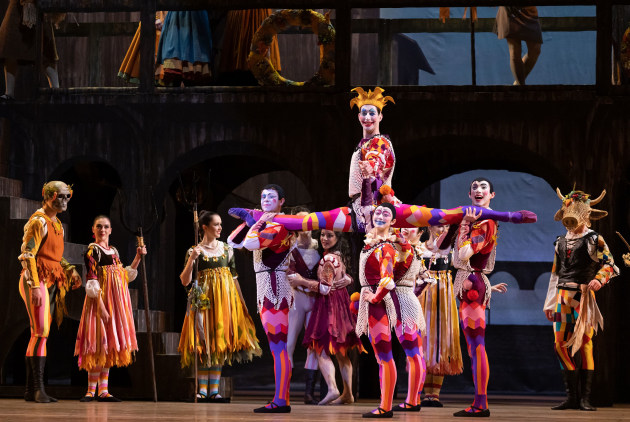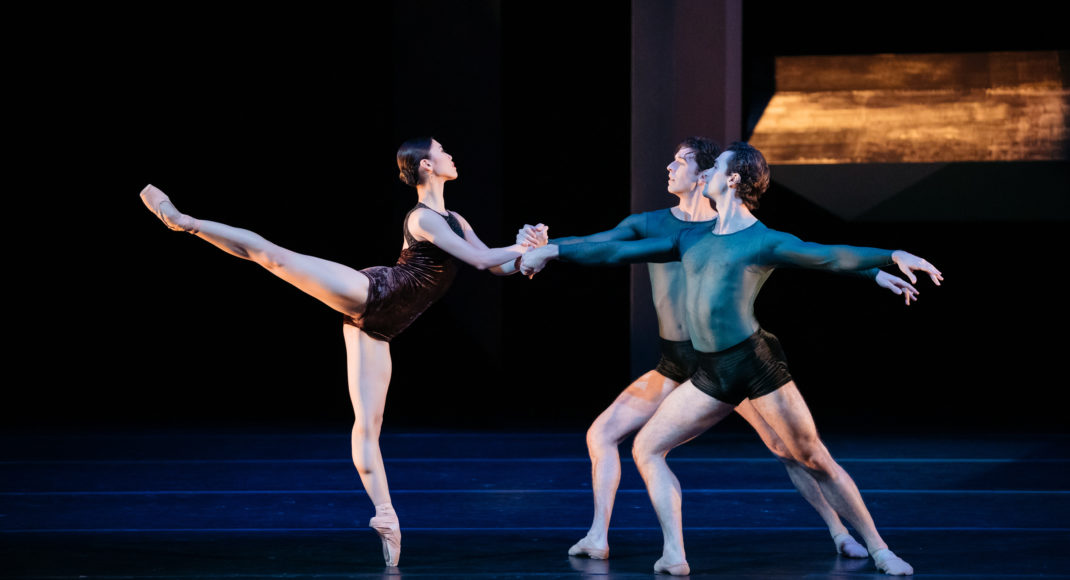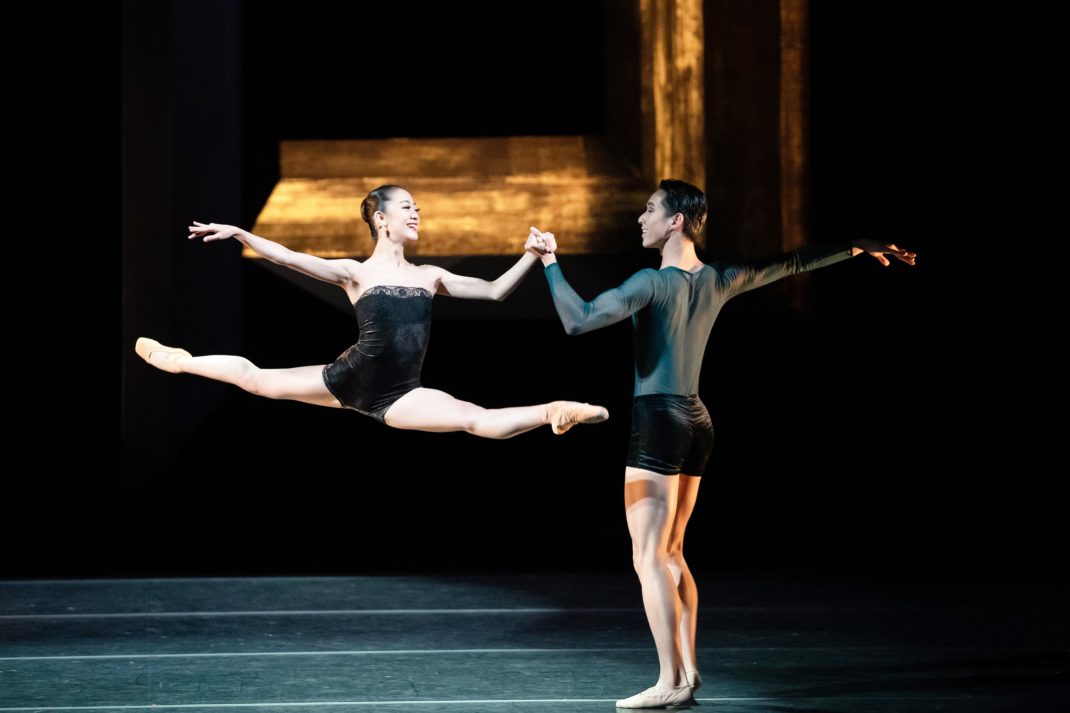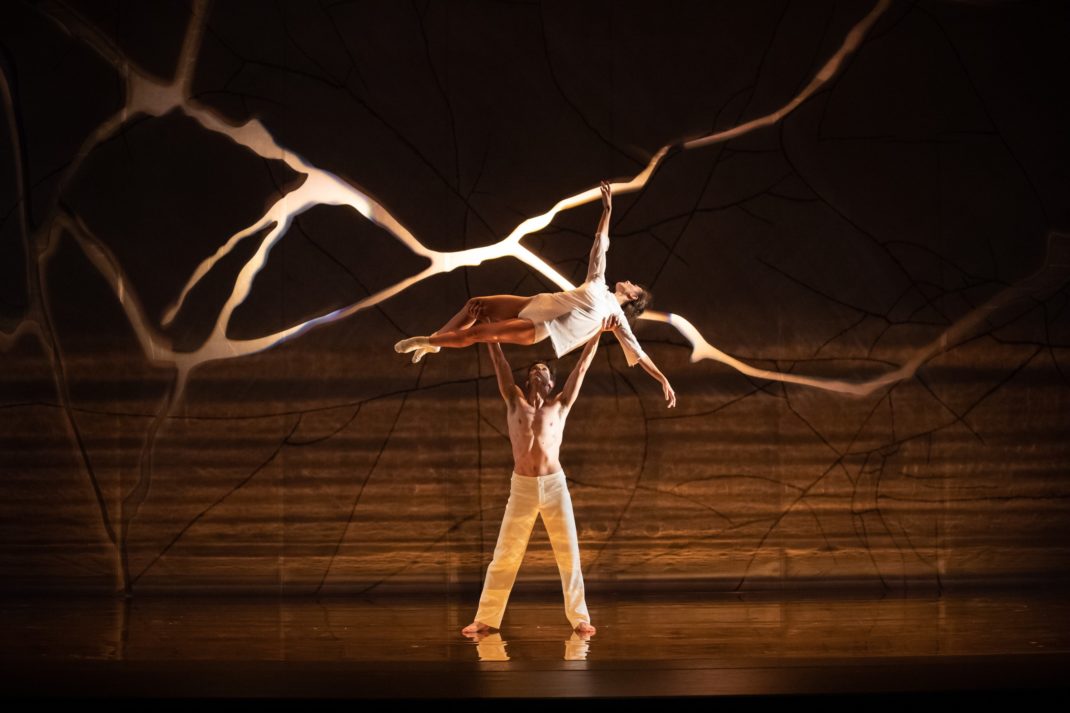10 December 2022 (matinee). Joan Sutherland Theatre, Sydney Opera House
Choreography: John Cranko
Design: Jürgen Rose
Lighting: Jon Buswell
Composer: Sergei Prokofiev
It is hard to believe that it is around 20 years since John Cranko’s Romeo and Juliet was last performed by the Australian Ballet. Since then the production of Romeo and Juliet that the Australian Ballet has shown on numerous occasions has been by Graeme Murphy. Apart from the Murphy production, in the 20 years prior to the current production of Cranko’s work, I have seen Kenneth MacMillan’s Romeo and Juliet, danced by the Royal Ballet and by Queensland Ballet, as well as productions by Stanton Welch for Houston Ballet, Sasha Waltz for the Paris Opera Ballet, John Neumeier’s production danced by the Royal Danish Ballet, a condensed version with the title R & J by Natalie Weir for Expressions Dance Company, and a reimagined production of the story, called Unravel, by a Canberra-based pre-professional company. So, rather than do a regular review I am simply noting some high points from the performance I saw just recently from the Australian Ballet.
Tybalt
I had the good fortune to see Joseph Romancewicz in the role of Tybalt, kinsman of the Capulet family. I have enjoyed watching Romancewicz for some time now and I thought his performance as Tybalt demonstrated a well thought through characterisation. He was cold and unrelenting in his dislike for the Montagues. He never fell out of character and his sword fight with Mercutio and then his death at the hands of Romeo were dramatic and powerful.
The ball scene (Act I, scene 4)
The largely-black costumes by Jürgen Rose for the guests at the Capulet ball were spectacular, as was the choreography and the dancing of it. I especially loved the moments when the men fell to their knees, on cushions they had dropped to the floor, and made a kind of reverence to their lady partners.
The music
The well-known music by Sergei Prokofiev, with the orchestra under the baton of the new Australian Ballet conductor Jonathan Lo, sounded just brilliant. Filled with such a diversity of thematic material and so much emotion, it was used to great effect by Cranko.
The carnival scene in the marketplace of Verona (Act II, scene 1)
Although I found the costuming for this scene a little overly decorative, the dancing was exciting to watch: I especially enjoyed the acrobatic moments by a quartet of very flexible performers. But all the dancers were full of the excitement of the moment, until the joy was interrupted by the demands of Tybalt.
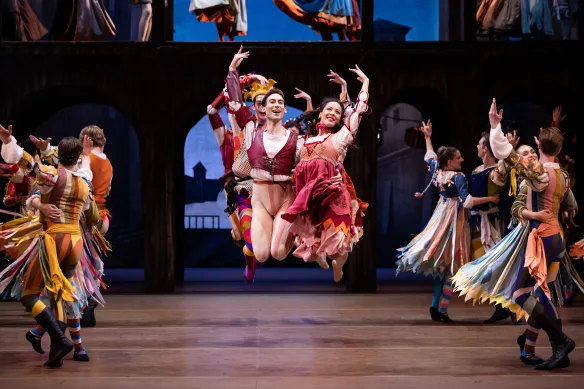
The progression of the storyline
The storyline moved along quickly and without a hitch. Every scene made its point clearly, never lingering over non-essential matters. The one exception, perhaps, was the dance of the bridesmaids (Act III, scene 3) which choreographically seemed to be a little uninspiring to me and continued for too long.
***************************
Apart from the dance for the bridesmaids, there were other aspects of the work that didn’t appeal, which I think related more to the dancers I saw than to the work itself. Apart from Romancewicz, the only other dancer who made my eyes light up was Lucien Xu as Benvolio, who often is an easy-to-ignore character. But not this time.
As a final comment, I have to say that Cranko’s Romeo and Juliet, which concludes the Australian Ballet’s 2022 season, is a master work really. It had, thankfully, so much more to offer than the previous program, Instruments of Dance.
Michelle Potter 12 December 2022
For reviews of other productions of Romeo and Juliet, and some stories relating to the work, see this link.
Featured image: The carnival in the marketplace from Romeo and Juliet. The Australian Ballet, 2022. Photo: © Jeff Busby
